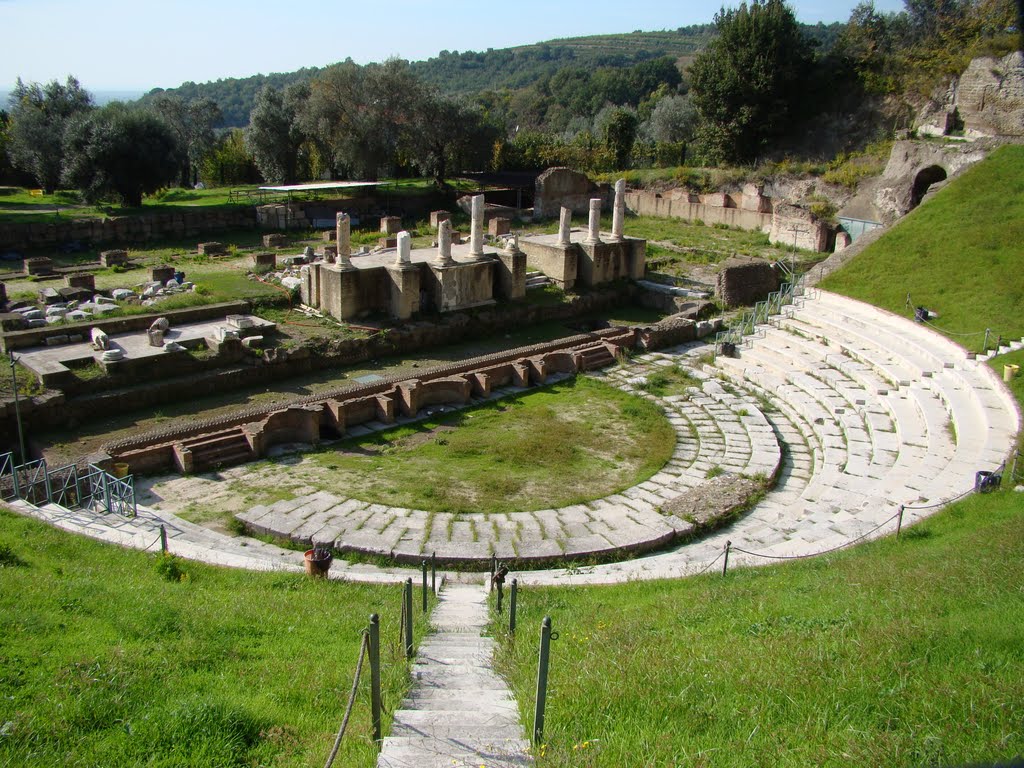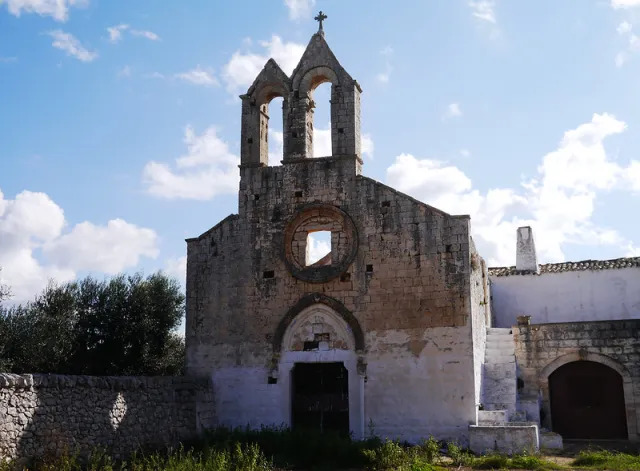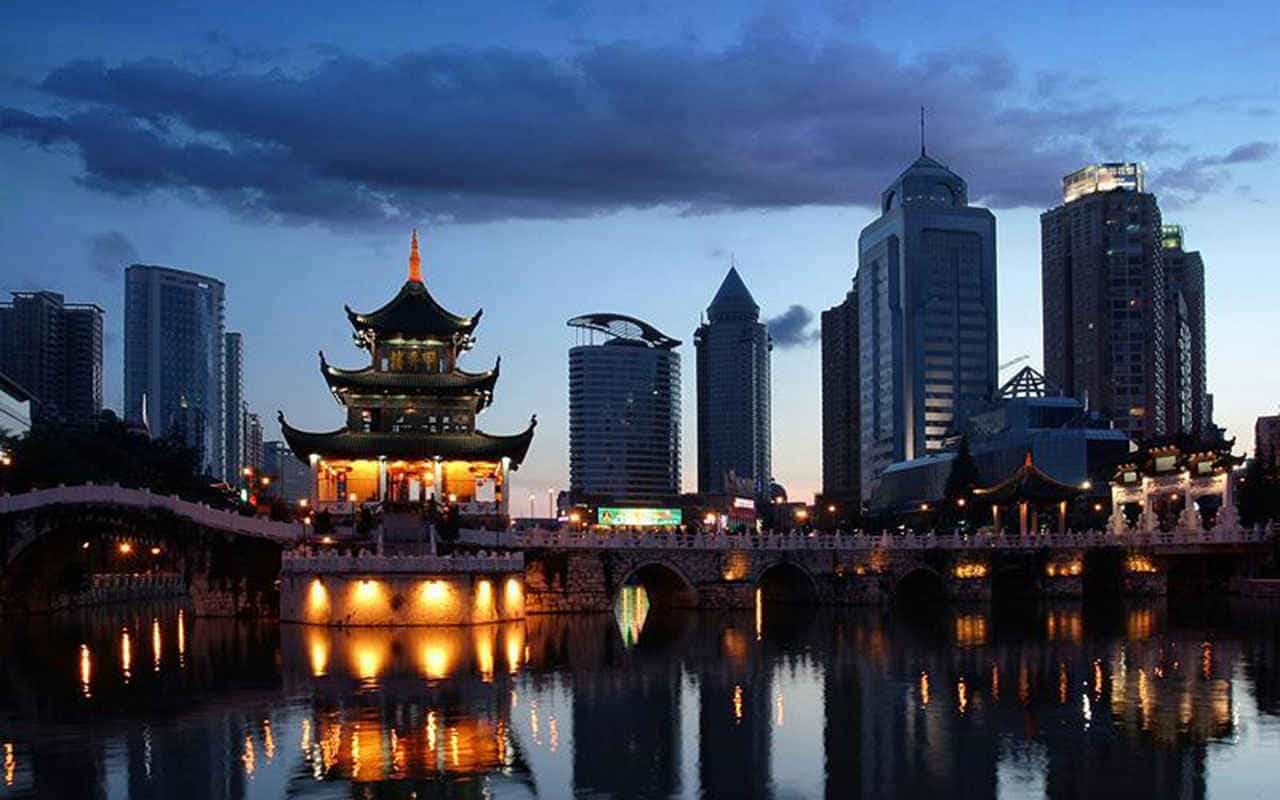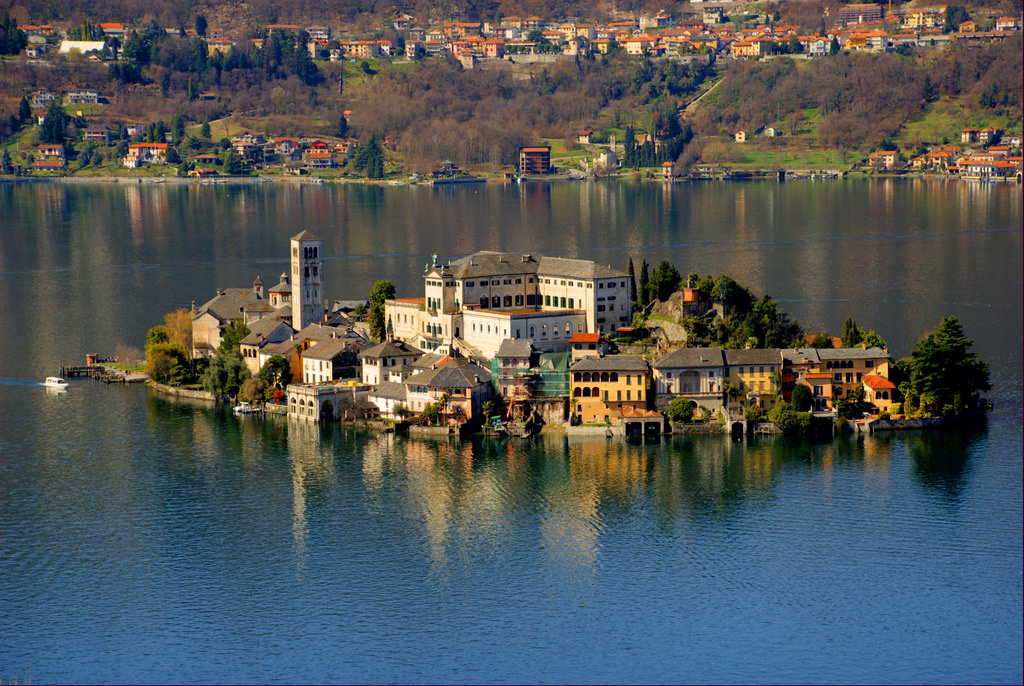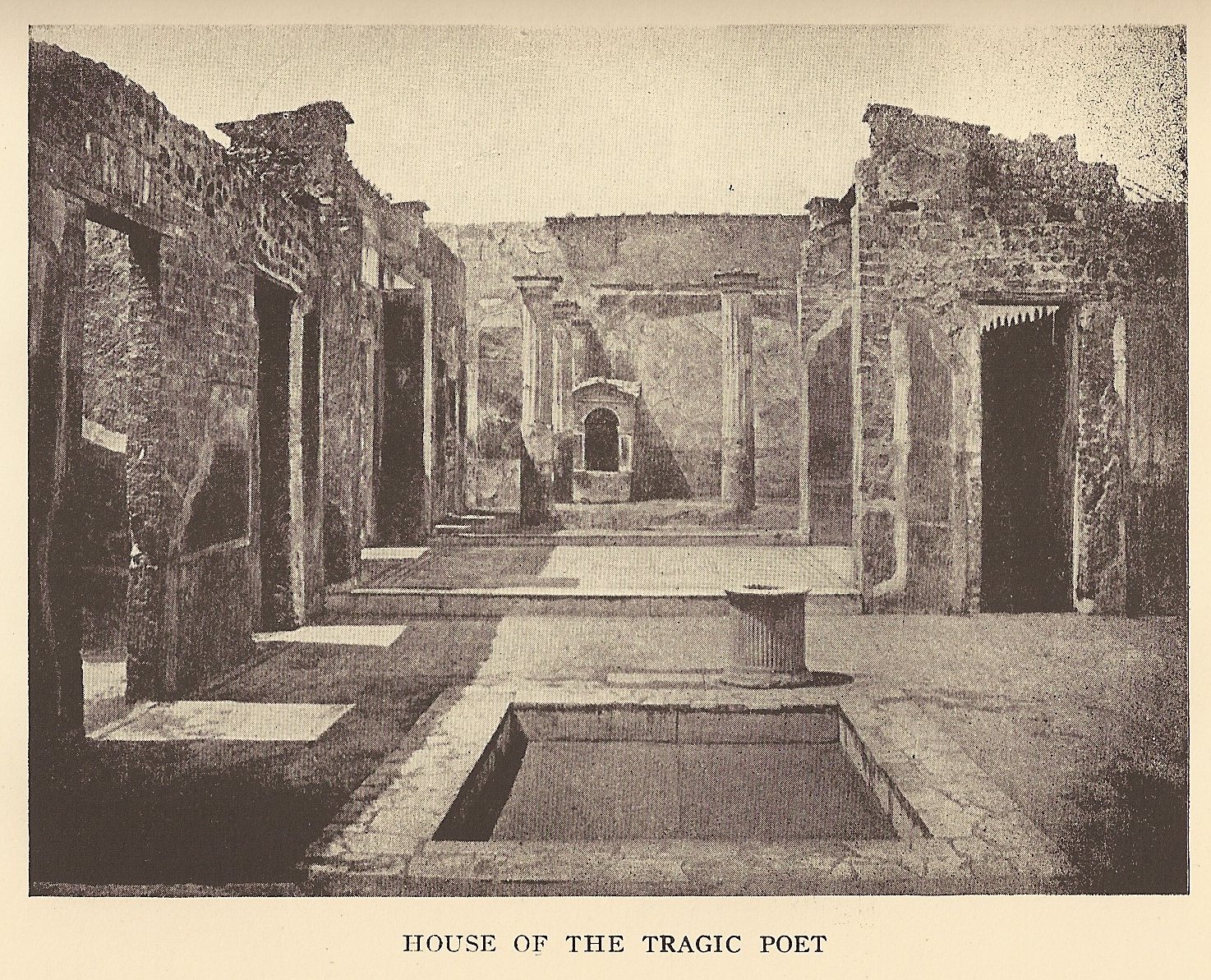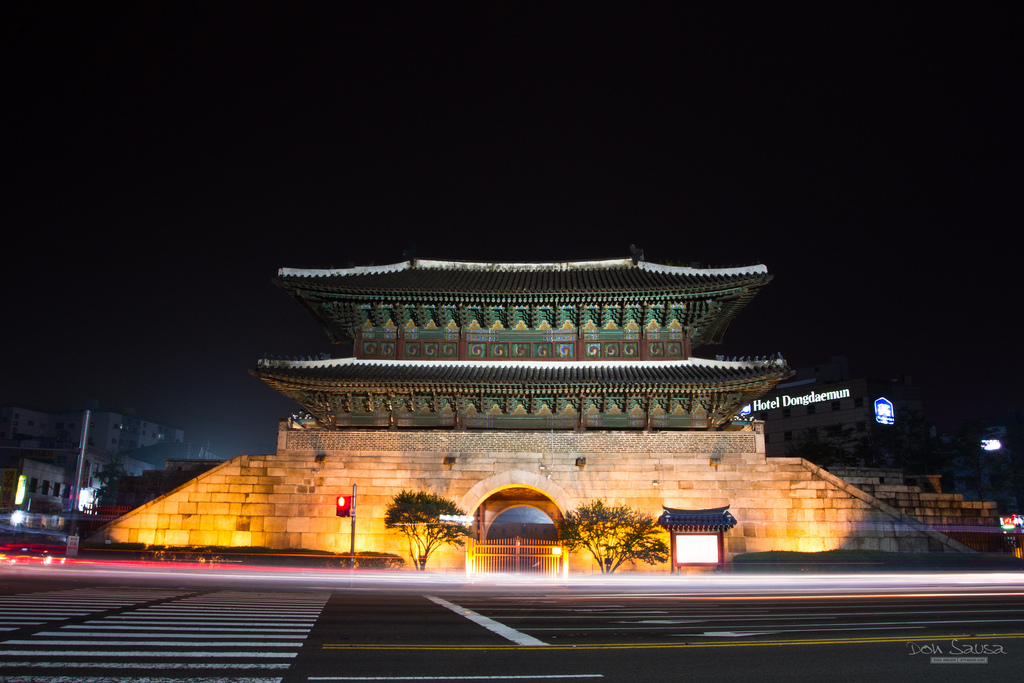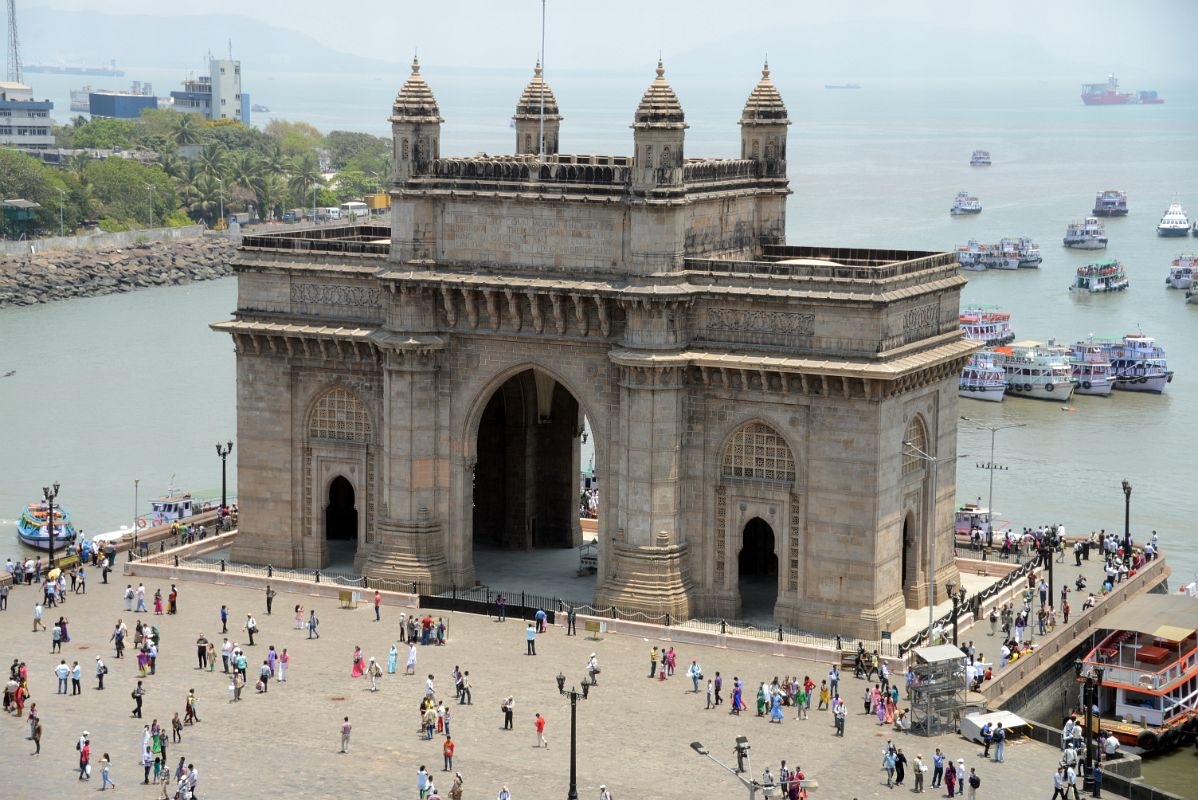Built at the end of the 2nd century B.C., the ancient performing arts building was modified in the Augustan age, probably with the election of Teanum Sidicinum as a Roman colony, according to the principles of Roman theatre architecture, with the insertion of stages of honour (tribunalia) and the reconstruction of the vertical backdrop of the orchestra (scaenae frons) which was enriched with columns of precious marble and refined decorations.
The Theatre was part of an architectural complex consisting of a large artificial terrace on which stood a temple that seems to have been dedicated to Apollo. When, at the beginning of the 3rd century A.D., the theatre was completely renovated at the imperial behest, at the instigation of Septimius Severus and completed by Gordian III, it took on grandiose forms.
The cavea reached a diameter of about 85 m. and the scenic building, decorated with three orders of columns, capitals, architraves and sculptures in the rarest and most precious marbles, reached a height of about 26 m. In late ancient and medieval times, on the ruins of the building, probably collapsed due to an earthquake, a building site was set up for the recovery and reuse of architectural marble materials. Between the twelfth and thirteenth century on the now underground cavea was built an artisan quarter for the production of bricks and ceramics. In modern times the ancient theatre remained only a vague memory. A country lane passed over the ruins of the scene, mounted on the structures now almost buried and slipped under the vaults of the median ambulatory and then went out and continue towards the medieval center. The ancient and hidden appearance of the ruins led to the area being called "the Caves" and, to protect the wayfarer, a chapel with an altar dedicated to the Madonna was installed. The first systematic explorations of the monument were conducted in the early 1960s by Werner Johannowsky. After some excavation and restoration work in the second half of the 1980s, a complex project of exploration, restoration and enhancement of the site, which lasted over a decade, was conceived in 1998.
